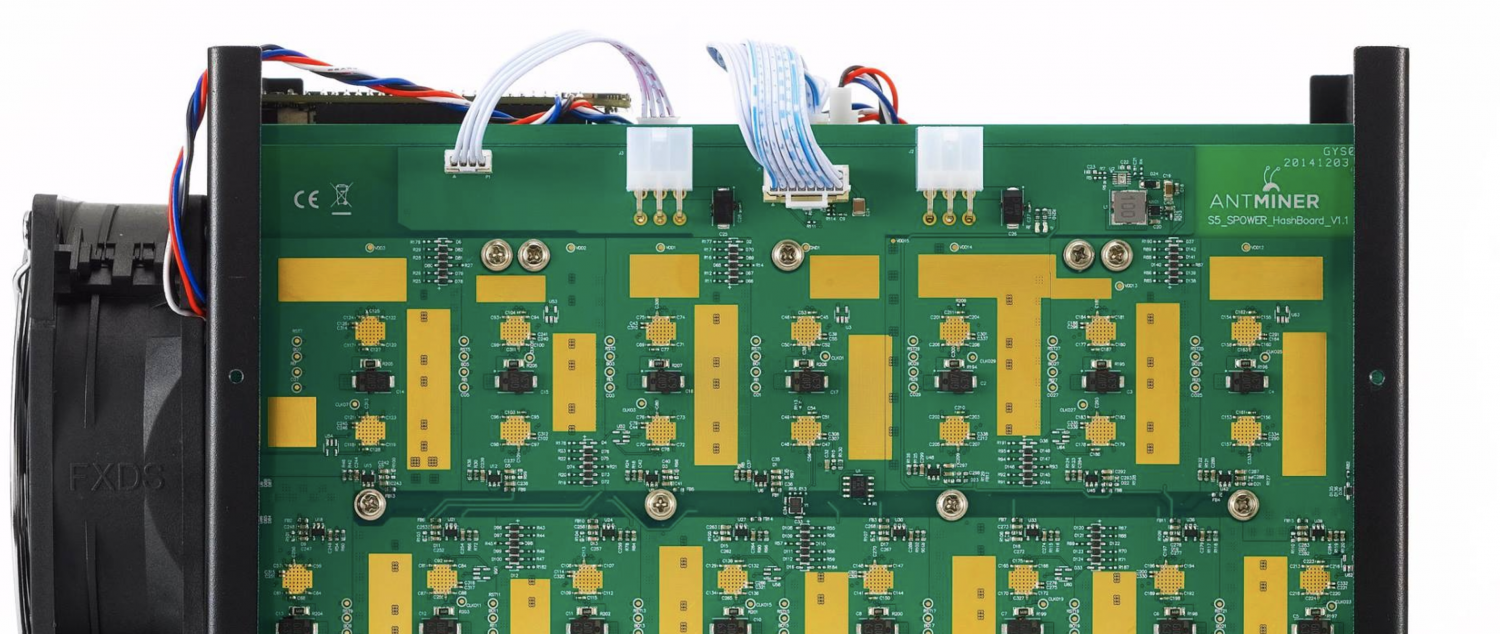Ethereum Handled Friend.tech Frenzy Without ‘Gas Fee’ Spike. Why That’s a Big Deal
Vitalik Buterin and other top Ethereum developers have repeatedly made the case that so-called “layer-2” projects – secondary systems that operate atop a blockchain to provide faster and cheaper transactions – could help to reduce congestion on the main network, and therefore fees.
The de-congestion plan might actually be working, possibly aided by the recent rollout of the U.S. crypto exchange Coinbase’s new layer-2 project, Base.
This article is featured in the latest issue of The Protocol, our weekly newsletter exploring the tech behind crypto, one block at a time. Sign up here to get it in your inbox every Wednesday.
Ethereum, which saw its transaction fees – known as gas fees – reach a yearly high in May following a meme-coin mania, has witnessed the fees drop significantly in the past few weeks, with some analysts attributing the decline to the increasing availability of layer 2s, and thus the benefits of the scaling architecture.
The decline is remarkable given the recent runaway success of the crypto-fueled social marketplace Friend.tech, a web3 app that went live earlier this month. Friend.tech quickly attracted more than 100,000 users and generated more than $25 million in fees.
In the past, a fad of that magnitude might have come with extreme congestion, and a rapid surge in fees. But Ethereum has seen its gas fees drop – in no small part due to the project’s existence on the Base sub-network, rather than the blockchain’s main layer. Since the launch of Friend.tech, Ethereum’s daily gas fees have averaged 26% lower than they did in the year up to that point, according to data from FalconX Research.
Several older and larger layer-2 networks, including Arbitrum, Optimism and zkSync, are now handling a large chunk of the transactions happening on the overall Ethereum ecosystem.
“The L2 scaling vision is being realized,” said Kunal Goel, a senior research analyst at Messari.
:format(jpg)/cloudfront-us-east-1.images.arcpublishing.com/coindesk/VHGHYUTMJ5GV5CFVUVLVCC3G74.png)
Less Ethereum congestion
In the past, increased activity on the Ethereum network has resulted in the blockchain becoming temporarily clogged, and high demand usually means higher fees.
In December 2017, when CryptoKitties, a project built on Ethereum where users could buy, collect and breed digital cats, first launched, the network saw gas fees reach above 900 gwei.
High gas fees also spiked in April 2022, when Yuga Labs released Otherdeeds — non-fungible tokens that represented digital real estate. Ethereum average gas fees soared to about 7,600 gwei ($439 at the time). A more typical range is 15 to 30 gwei.
In early May of this year, Ethereum’s gas fees – what users pay to perform functions on Ethereum, such as sending or receiving the cryptocurrency ether – hit a 12-month high, as the blockchain became costlier to use from investors trading millions for a frog-themed token called pepecoin (PEPE). On one day in May, the fee shot to a median price of 155 gwei.
Now, with the Friend.tech crypto craze peaking, the median gas fee on Ethereum is around 13 gwei. And that’s partly because the explosion of activity is actually happening off the main Ethereum chain, on Base.
Friend.tech drove transaction count on Base to a record high of 15.88 transactions per second (TPS) over 24 hours on Aug. 22, exceeding even Ethereum, along with rival layer-2 blockchains Arbitrum and Optimism, according to the website L2beat.
During the peak of the Friend.tech frenzy, Ethereum gas fees actually dropped to an average gas price of 18 gwei.
And the heaviest of Friend.tech traffic appears to have now passed, with transactions down 95% from the peak of 38,000 on Aug. 21, according to data from Dune analytics.
:format(jpg)/cloudfront-us-east-1.images.arcpublishing.com/coindesk/4YIPDJBWF5DI5MDLDUJ56NSEEQ.jpg)
Data from IntoTheBlock shows that over the past few months, the number of combined transactions on Ethereum and optimistic roll-ups has climbed near an all-time high. But the growth came mainly on the layer 2s; the level of transactions on Ethereum, by itself, has stayed relatively stable.
The dynamic has allowed Ethereum fees to remain at sustainable levels.
“Earlier, gas fees on Ethereum would spike during periods of high activity (high volatility events, NFT launches),” Messari’s Goel said. Now, the overall Ethereum ecosystem – broadly writ, including its associated layer-2 networks – “is able to support much higher transaction volume.”
Matt Kunke, a senior research analyst at GSR, said he expects the trend to continue as Ethereum undergoes an upcoming upgrade known as proto-danksharding (EIP-4844), which will make it cheaper for layer-2 networks to store data on the main blockchain.
It’s “an improvement that will materially increase L2 throughput and lower the cost of transacting on rollups,” Kunke said.
:format(jpg)/cloudfront-us-east-1.images.arcpublishing.com/coindesk/DCMCZDFY65BILF6FU6FHCHATZ4.png)
:format(jpg)/cloudfront-us-east-1.images.arcpublishing.com/coindesk/EKGVHYZHSFD7RGV3HCF22A4ZFU.png)
Christopher Martin, Amberdata’s director of research, notes that Bitcoin transactions have increased since the launch of Bitcoin Ordinals (a method of generating NFTs through a process called inscribing), which may have taken some volume away from Ethereum, further alleviating pressure.
Layer 2s have been “more interesting lately,” according to Martin. “Meme tokens such as BALD and social dApps like Friend.tech provide traders with an opportunity to earn high yield, and the ongoing bear market is still unable to draw in users or rebuild traction.”
“All of these factors together seem to have pulled out a lot of the excitement that NFT collections were able to generate just a few years ago, which were able to cause extremely high gas and transactions,” according to Martin.
Edited by Bradley Keoun.









